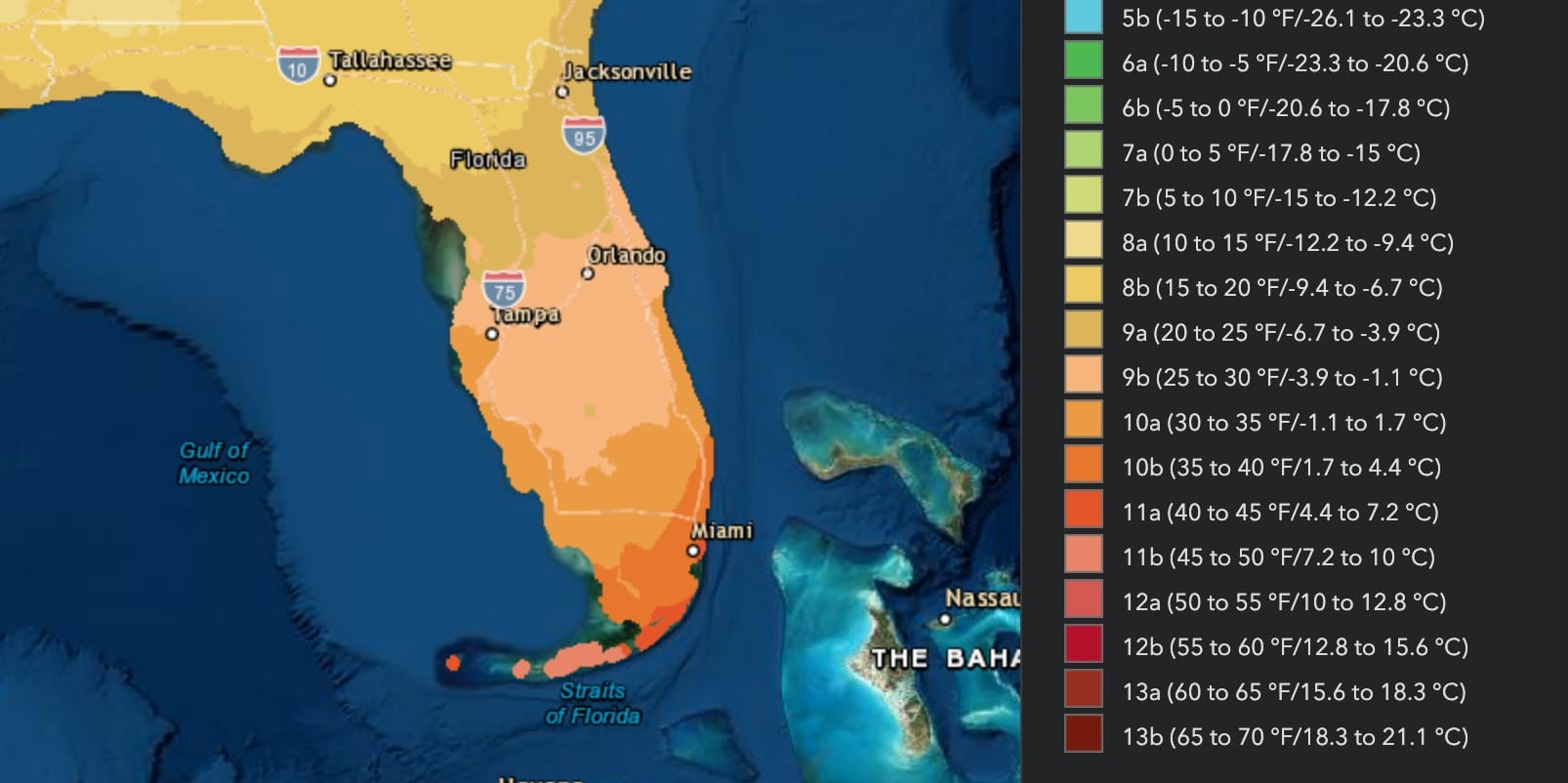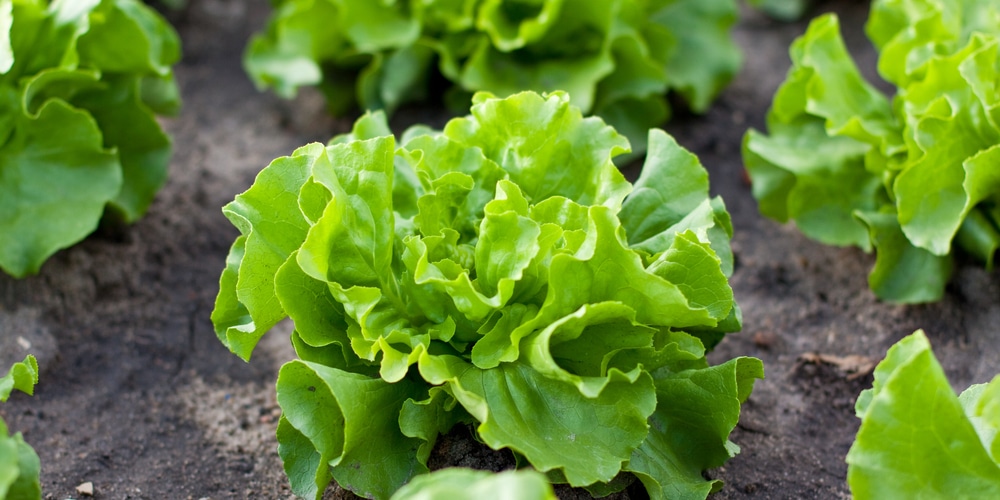
Florida is a hot region that includes hardiness zones 8 to 11. Growing lettuce, which loves cooler temperatures and conditions, might be challenging in these areas. However, the good news is that you can have home-grown lettuce even in Florida. For starters, you have to know your USDA hardiness zone and plant your vegetables accordingly. Also, don’t forget to give your lettuce proper care to ensure it will thrive in your Florida garden. Provide it with plenty of water and suitable nutrition.
Lettuce is not hard to grow but performs better in cold weather. To learn more about How To Grow Lettuce in Florida, keep reading this essential guide we put together for you. Here, you’ll find our recommendations for when to plant your veggies according to your region. Plus, we included some tips for keeping your plants healthy even during the warmest months of the year.
When to Plant Lettuce in Florida?
The key to a successful harvest is planting your vegetables at the right time. While you should always check with your local weather, you can use the following guidelines:
North FL
If you live in North Florida, plant your seeds in September, October, or February.
Central FL
For Central Florida’s gardens, the best time of the year to sow is between September and March.
Southern FL
Southern Florida can get very hot: plant your lettuce between September and January to prevent it from suffering from the heat. Usually, winter is the perfect time to grow lettuce in this sunny state.
Lettuce that Does Well FL
Also, don’t forget to pick a variety that will withstand Florida’s climate. Astro Arugula, Black Seeded Simpsons, Deer Tongue, Bambie, Swiss Chard, and Bibb will all perform well in our region, provided that you ensure they get what they need to thrive.
How to Grow Lettuce in Florida
Fertilizer
Once you have a better idea about when to plant your lettuce and which variety you can choose, it is time for you to prepare your garden to welcome these leafy vegetables. Ensure your soil is rich in nutrients: lettuce is a heavy feeder. You might need to increase drainage by adding cow manure. Other organic matter compost will also improve the soil’s nutrient content and increase water retention, which can come in handy, especially when the temperatures start to rise.
Soil
In Florida, it is common to have either sand or clay-based soils. Both need some compost to increase fertility and improve aeration. Lettuce likes balanced soils that are not too loose nor too sandy. Because lettuce needs regular water, you may have to consider establishing an irrigation system. Alternatively, commit to watering your plants frequently, particularly during their first months on the ground. While lettuce usually prefers full sun, you should your plants under afternoon shade in Florida because the temperatures can get too hot for your plants to thrive.
Bolting
The challenging part of growing lettuce in Florida is preventing your plants from bolting. This process can happen when temperatures become unbearable for your lettuce. Under such circumstances, instead of focusing on making leafy greens, your lettuce plant will start to become lanky. However, placing your plants under afternoon shade might prevent this from happening. Plus, if you plant your lettuce at the proper time, you won’t have too many issues with it.
Use Mulch
After germination, you must add one or two inches of mulch around your plants to keep them moist and well-nourished. The soil shouldn’t be wet: sogginess might cause diseases and attract pests. To prevent that from happening, water your plants in the morning. Doing so will allow the ground to dry before the temperatures drop at night.
Lettuce can grow fast: with proper care, you can harvest most varieties in the following two months after planting. Harvest lettuce when its leaves are still tender: letting them mature too quickly might cause bitter flavor and thicker textures.
How to Grow Lettuce in Florida: The Bottom Line
It can be tough to grow certain traditional garden vegetables in Florida (such as tomatoes or lettuce). But, with a little preparation and knowledge of what types of lettuce grow down here, you can get the job done.
Lettuce prefers cold environments. They won’t grow well in warm climates, making it challenging to have healthy lettuce plants in Florida. But with proper care and planning, you can get lettuce harvests in your vegetable garden. Only ensure that you plant it at the right time to keep it from suffering from warm temperatures. Also, avoid placing your plants under the direct sun to prevent them from suffering the high heat.
Related Article: Does Lettuce Need Full Sun?

